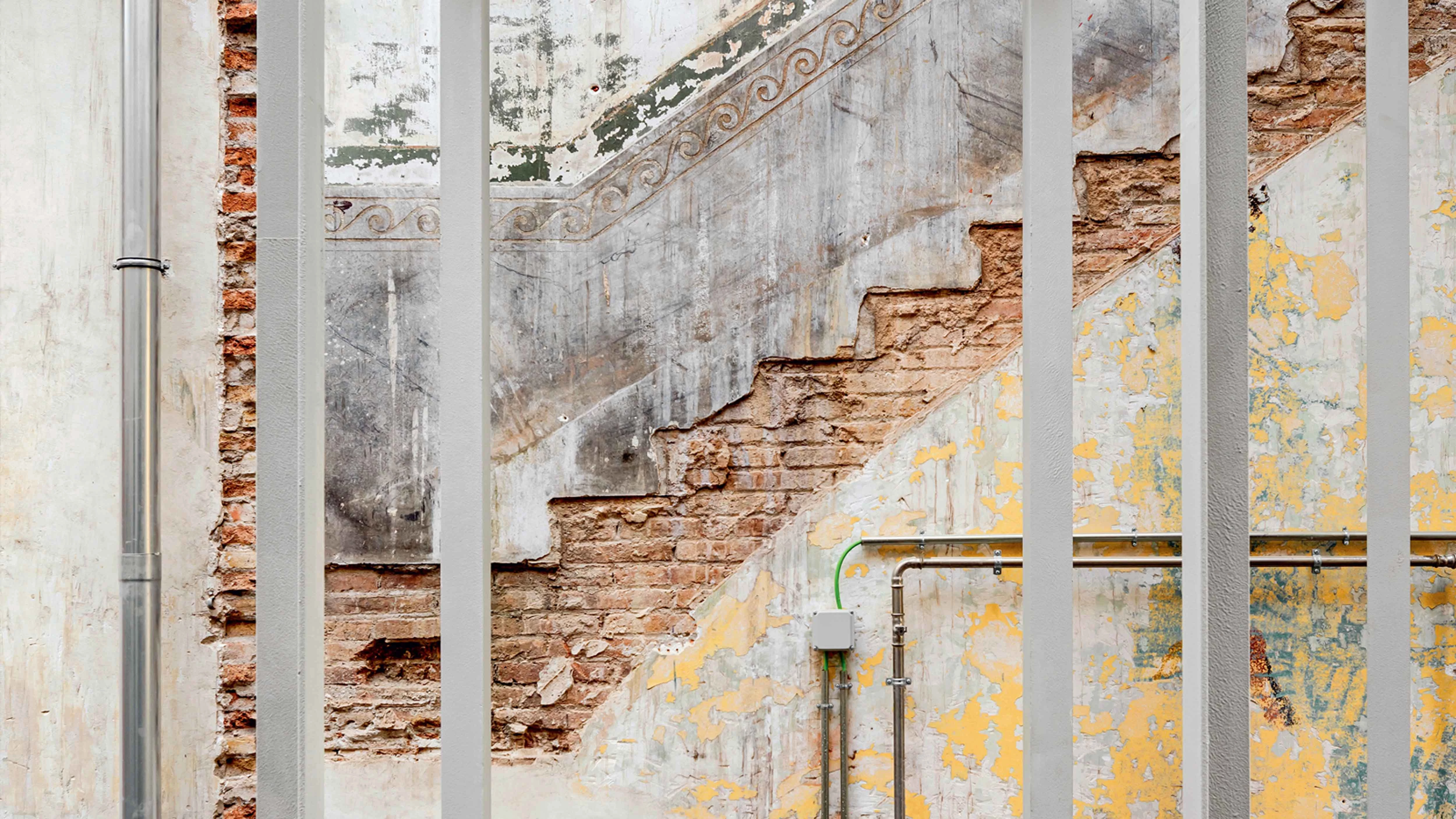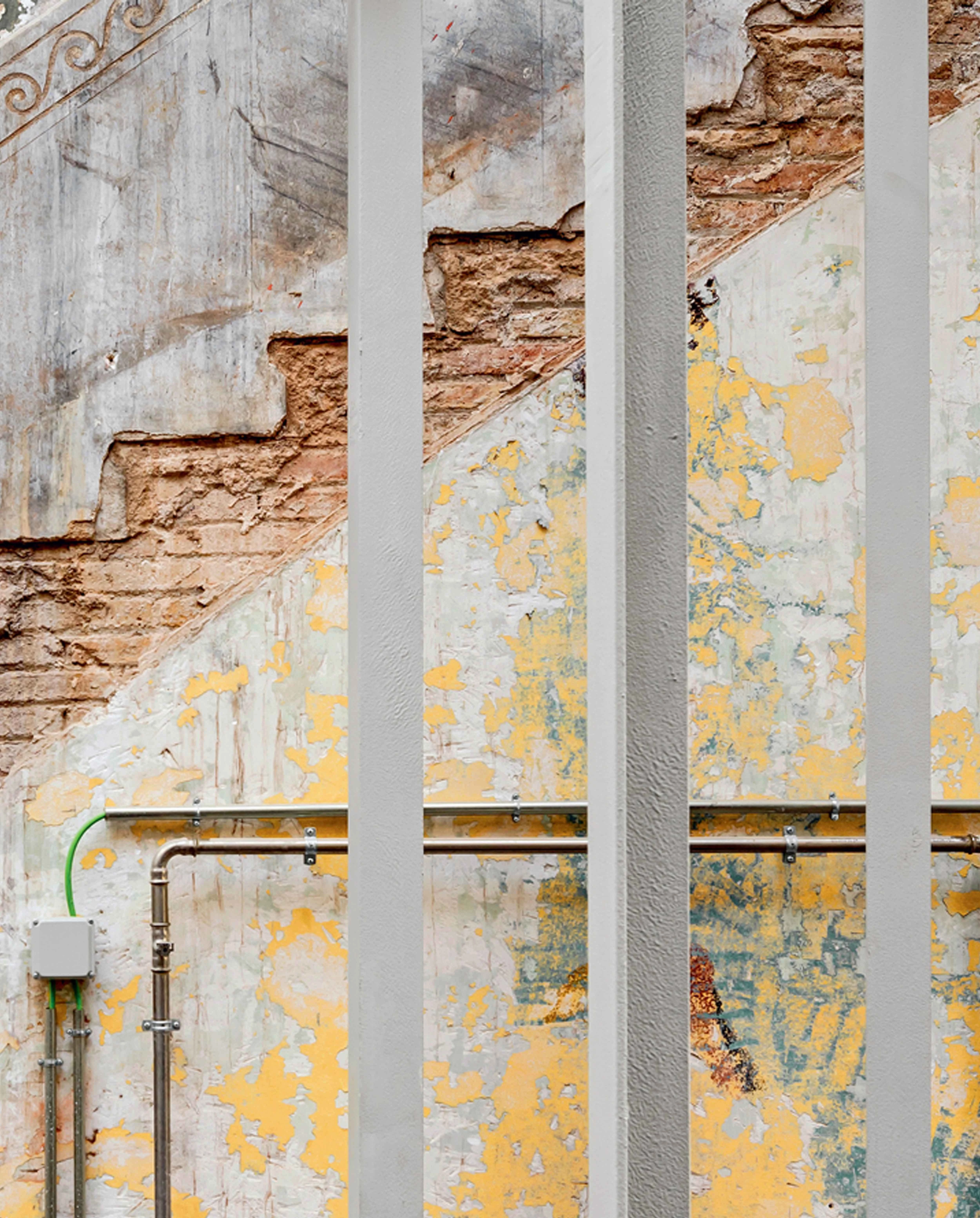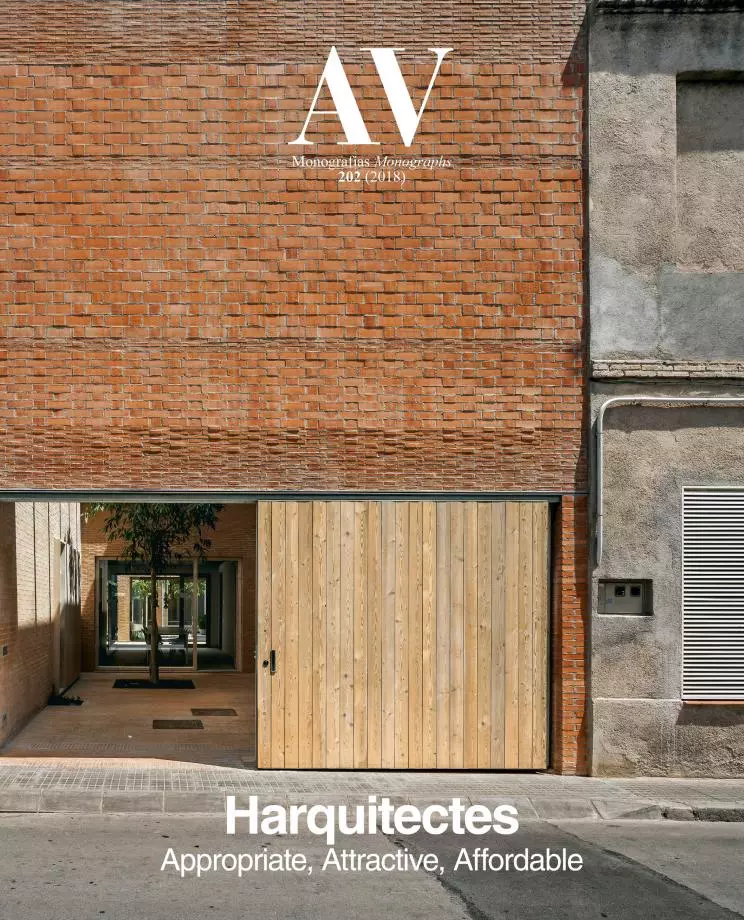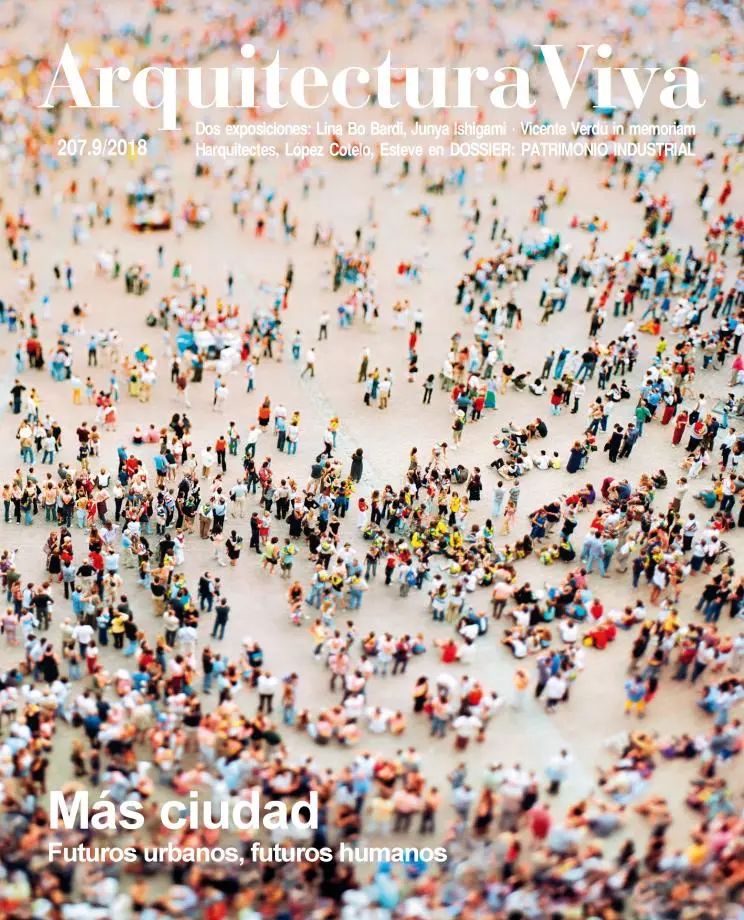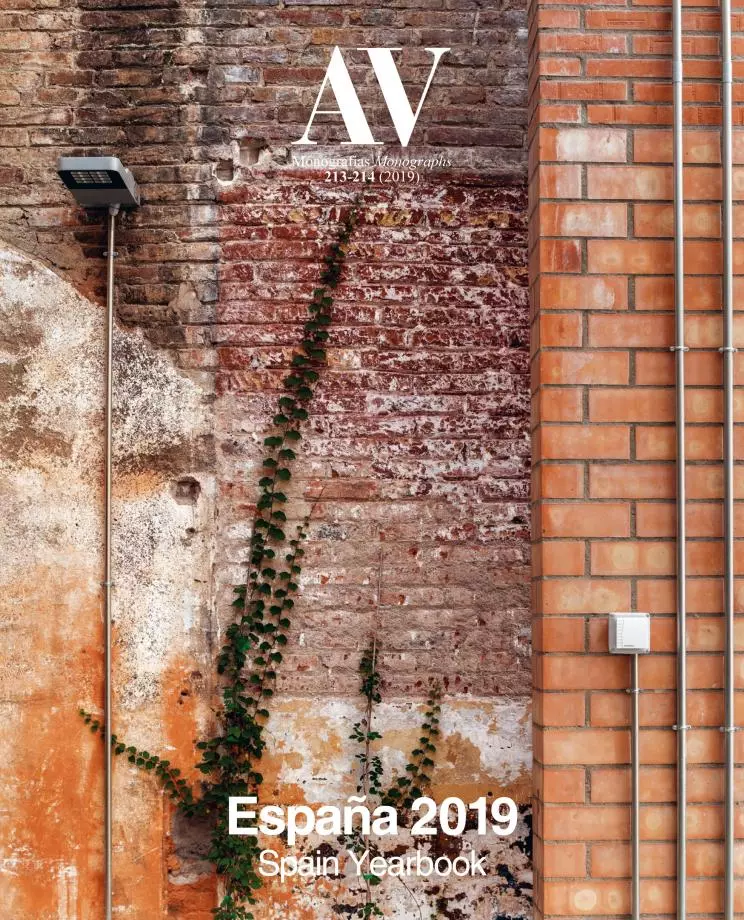Civic Center Lleialtat Santsenca, Barcelona
Harquitectes- Type Refurbishment Culture / Leisure Cultural center Civic center
- Date 2012 - 2017
- City Barcelona
- Country Spain
- Photograph Adrià Goula

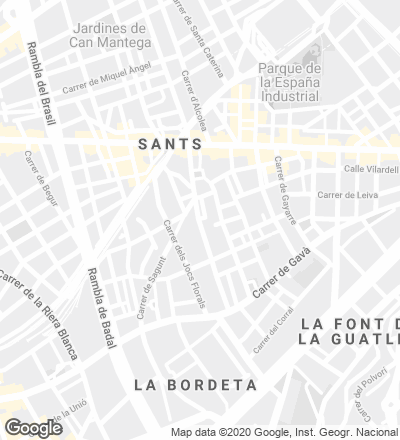
Three starting points: understanding the historic value of Lleialtat Santsenca (1928), an old working class cooperative in the Sants neighborhood; knowing to the detail the building’s (physical) state to maintain as much as possible; and being sensitive to the whole collaborative process launched in 2009 by neighborhood organizations to recover the building.
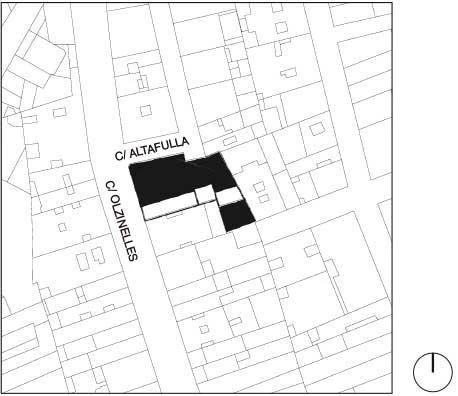

The project uses as much as possible of the existing and demolishes what cannot be reused, leaving facades, partitions, and some structural elements; the weathered image is maintained as a reflection of the building’s past.

To this end, four basic objectives were set out: first, taking advantage of everything that could be used from the original; second, defining an intervention strategy marking out the essential actions, conservative or not, allowing to recover and increase the potential uses of all those spaces; third, to establish an intensive dialogue – and tense, if due – with context; and fourth, to develop a sustainable proposal, regarding the work on the existing as well as the new interventions.
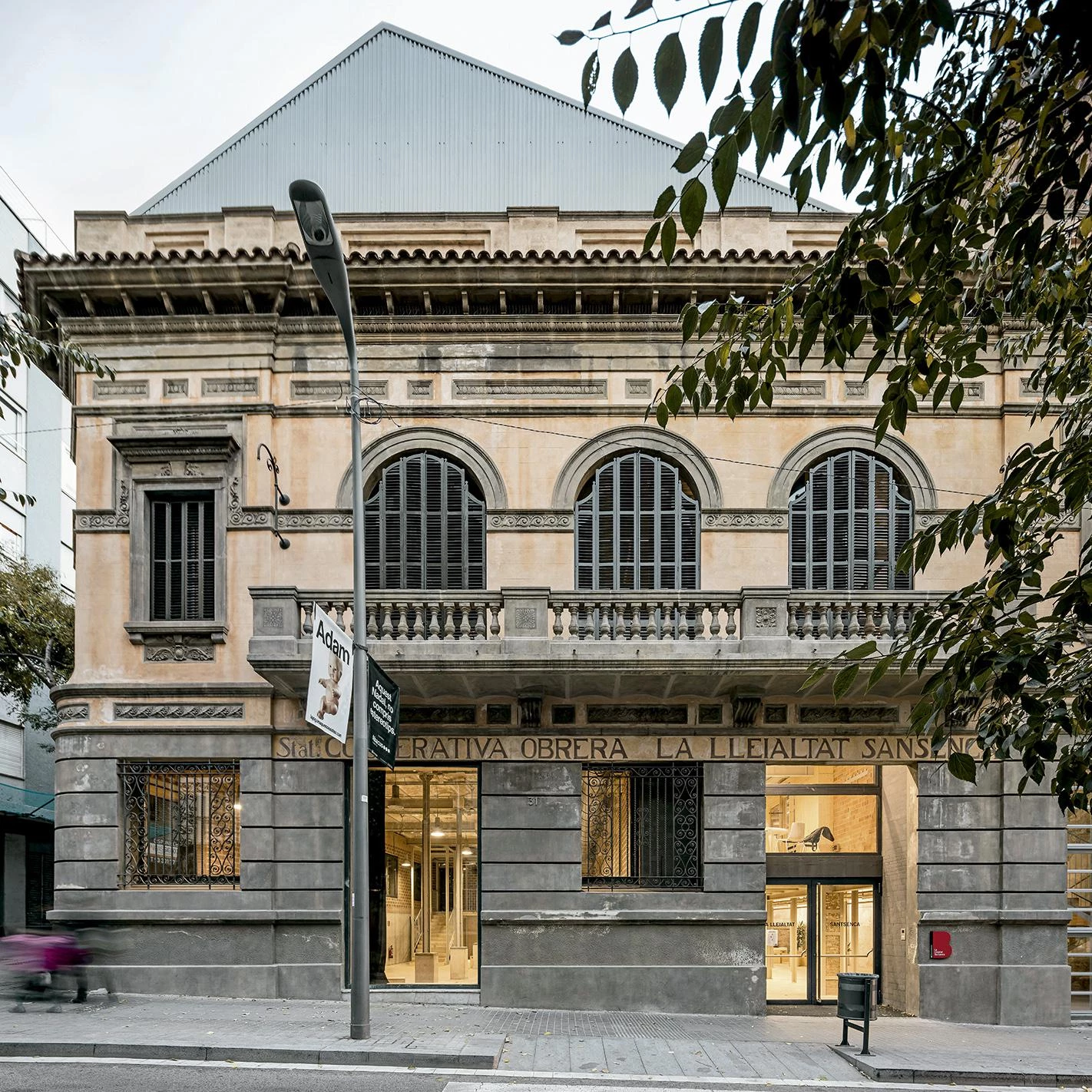
The buildings consist of three structural bodies: the main one, onto Olzinelles and Altafulla streets, houses the two main halls (old shop on the ground floor and atrium on the first floor); the central one, with access from Altafulla street; and the interior one, without access from the street, which is L-shaped. The precarious hygiene conditions in the rest of the constructions, besides their being poorly connected, encouraged to propose a large longitudinal void, joining the three volumes and all their spaces – new and old – through a gradual progression, from the more public to the more private spaces. The void results from completely demolishing the centerline near the party wall to Olzinelles street, becoming a sort of interior street, emphasized in the second structural volume by enlarging the existing light well. Finally, behind the last structural volume, a triple space contiguous to the void of the two previous volumes wraps up the sequence. The succession of voids configures an atrium limited by ‘new’ facades opposed to the existing party walls, which show traces of the building’s history. The atrium brings light and air to all the spaces, becoming the axis of the horizontal and vertical circulations, and offering new potential of use for unforeseen programs.
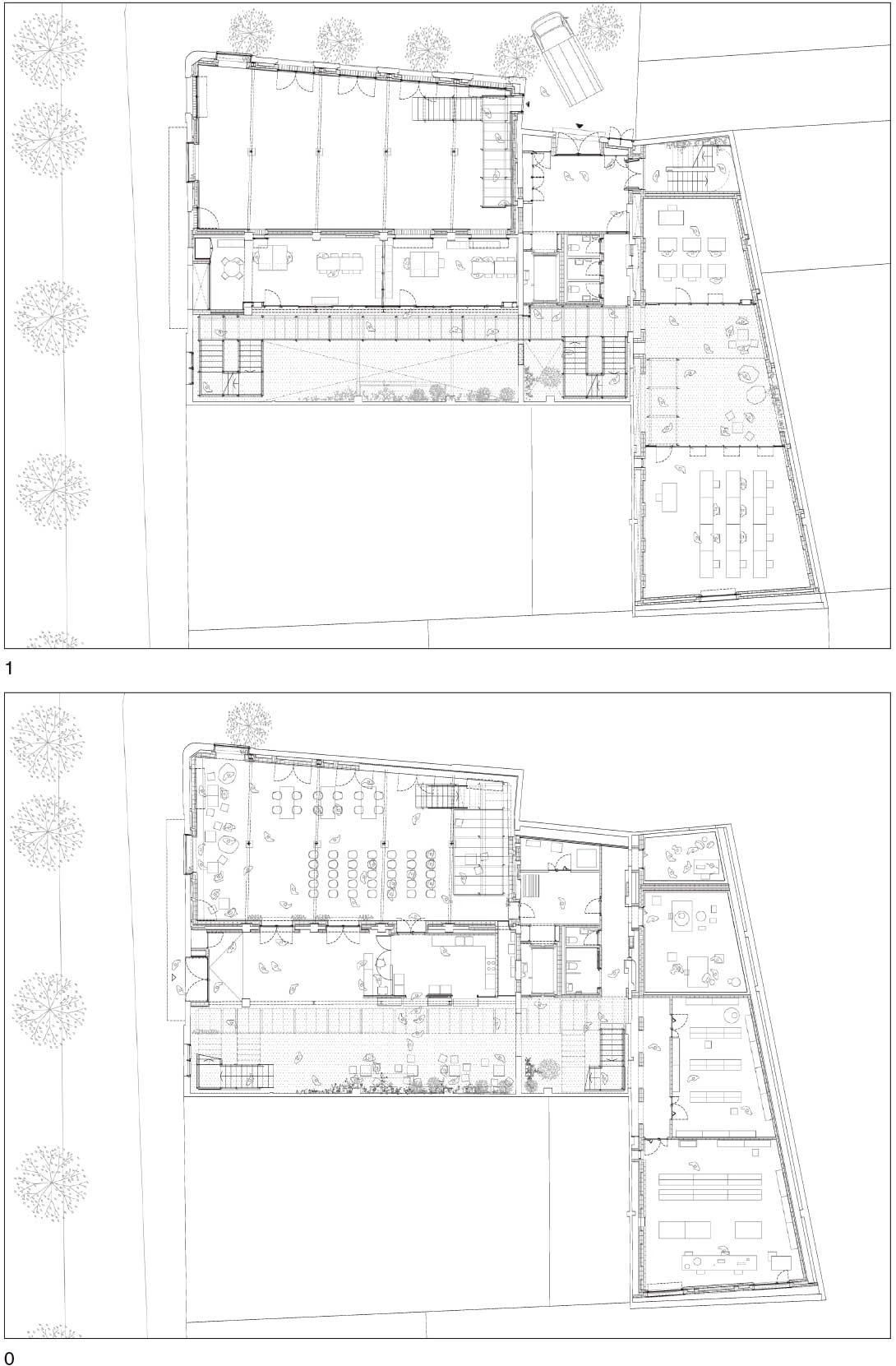
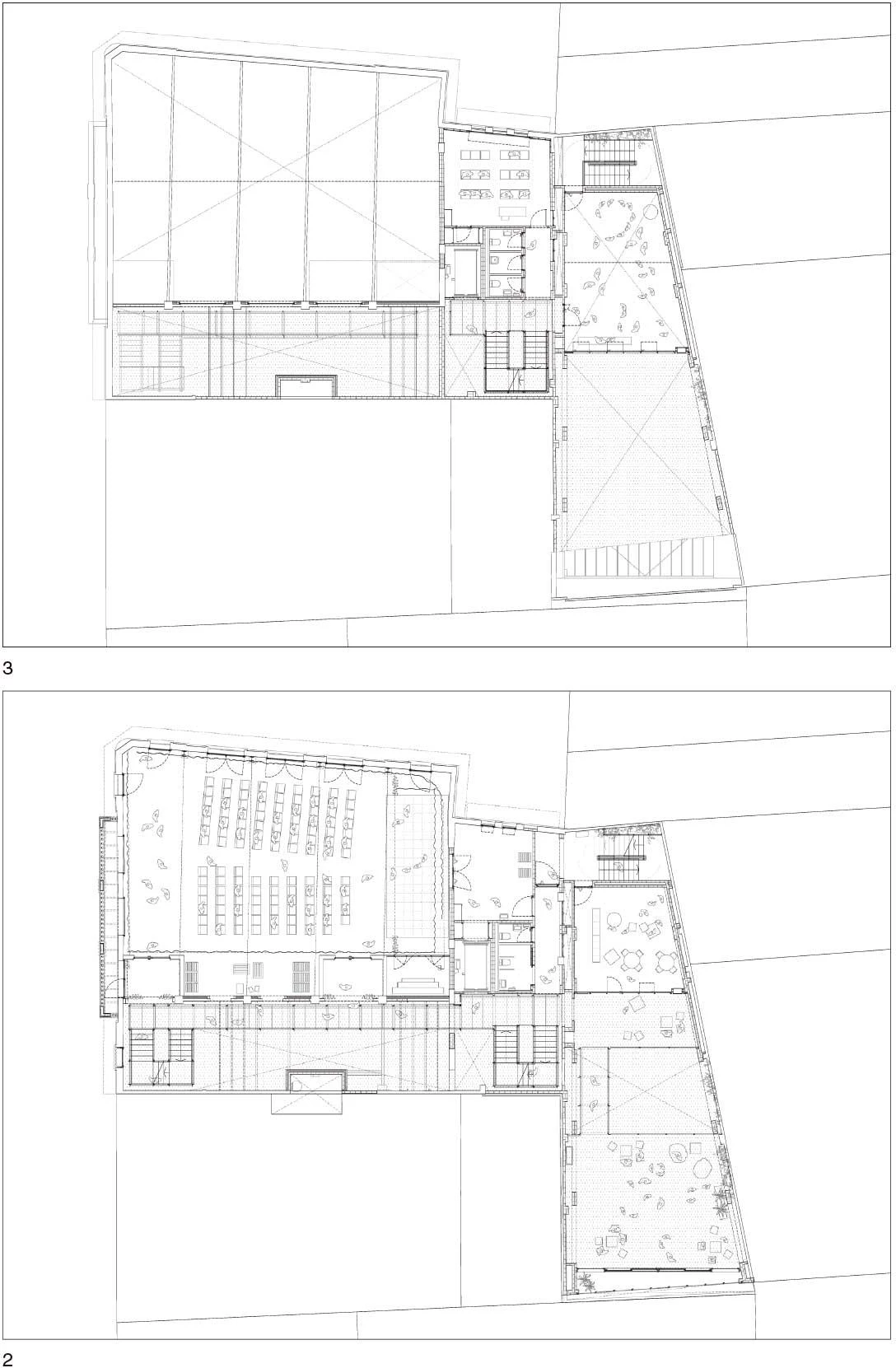
The existing roofs could not be used, so only the trusses in the main hall were maintained. A new roof is built above the whole building, associated volumetrically to the three structural bodies: three gable roofs, with cellular polycarbonate to the south and insulated metal sheet to the north, above a metal structure, illuminate and ventilate the atrium, with windows in the highest corners to favor natural convection.
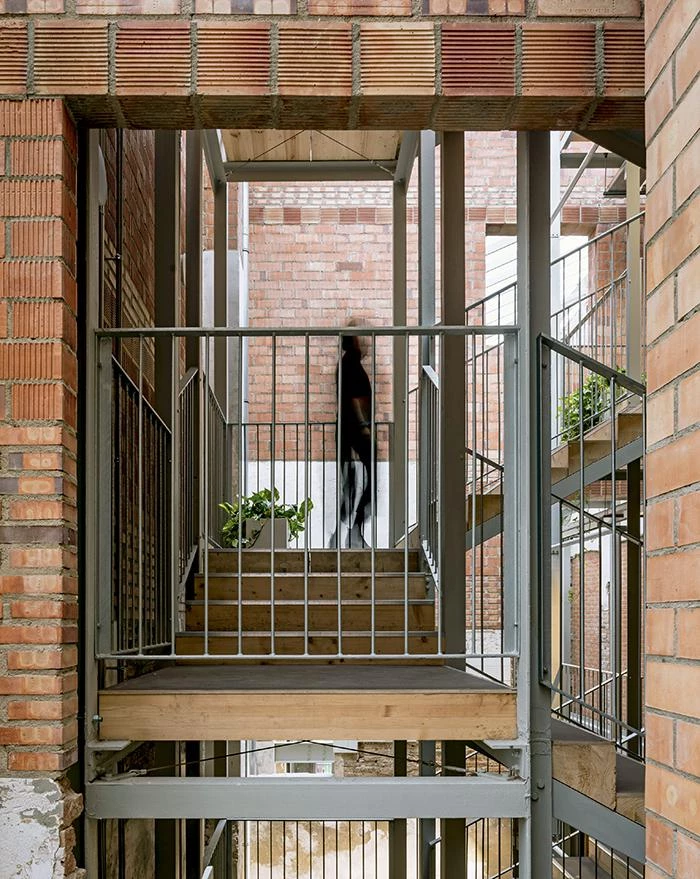
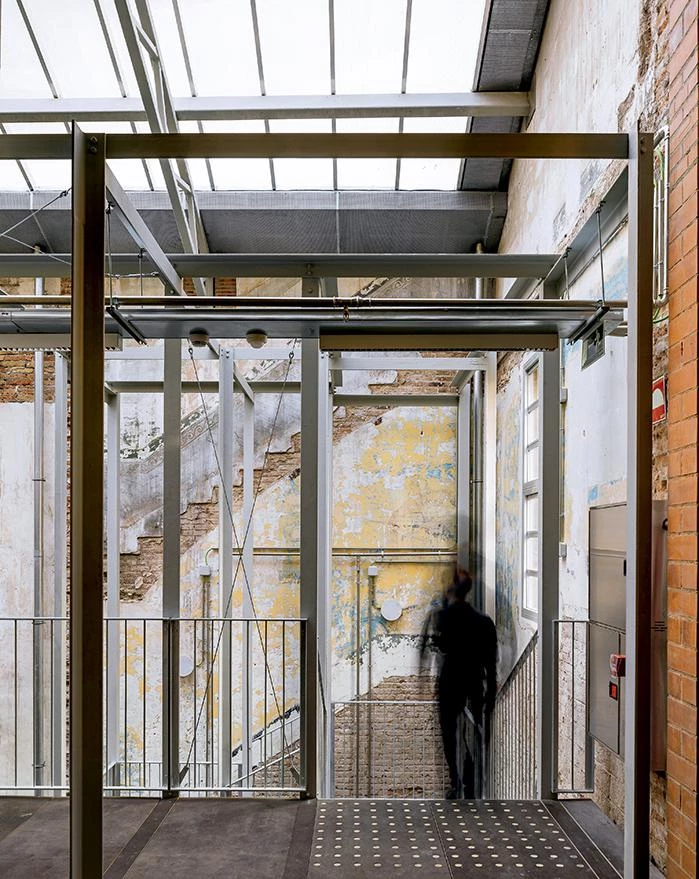
Taking inspiration from Lina Bo Bardi’s Teatro Oficina, the Atrium is an intermediate bio-conditioned space that organizes all the circulations through a series of footbridges and stairs that evoke the scaffolding in a construction site.
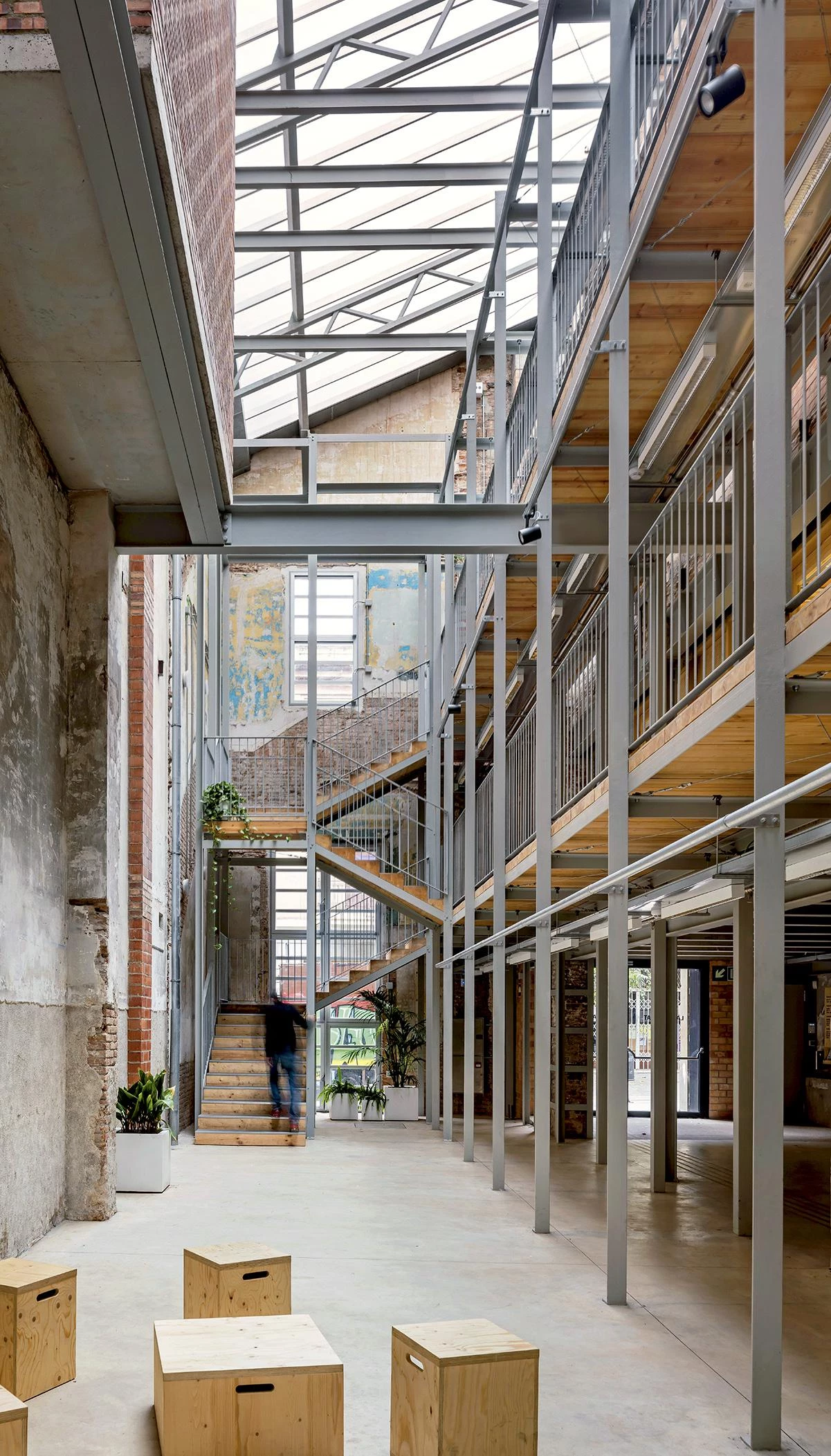
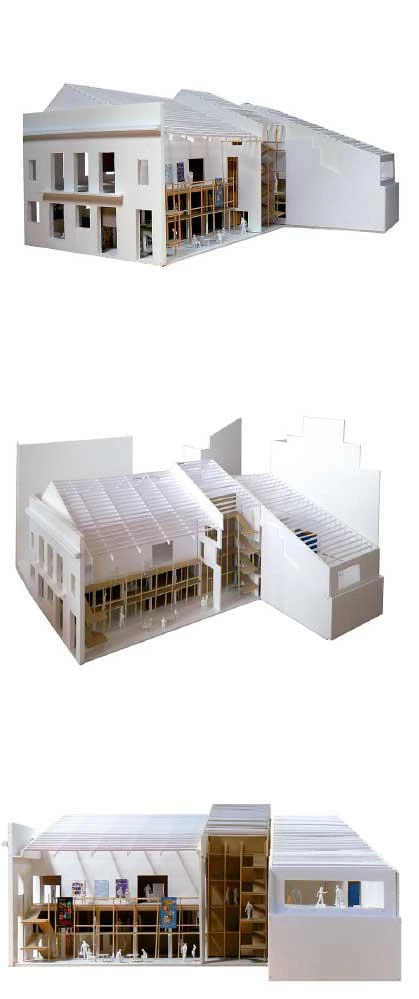
The building is climatically autonomous, and for temperature control resorts to passive strategies based on inertia and insulation; three lightweight roofs favor natural illumination and ventilation.
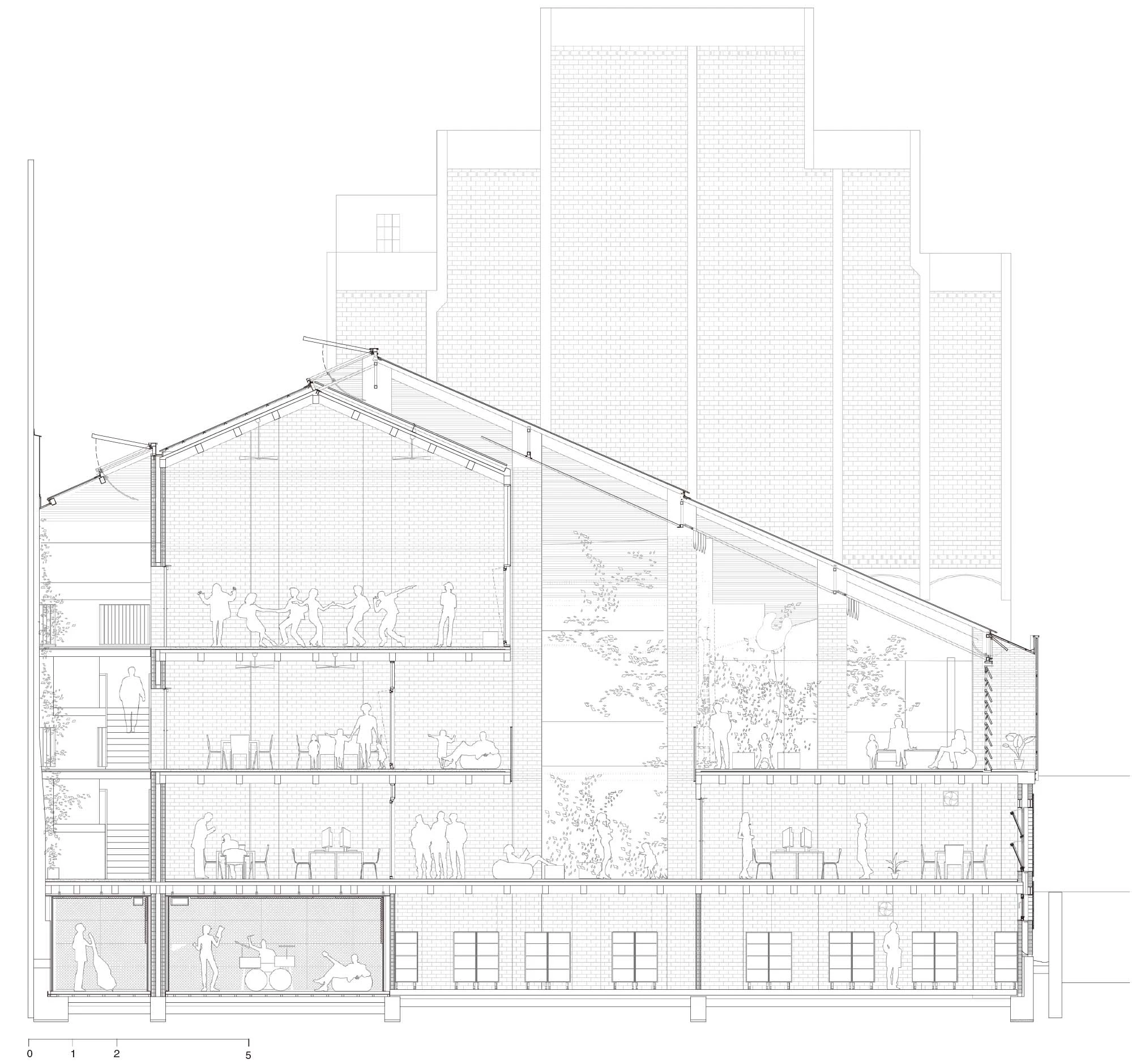

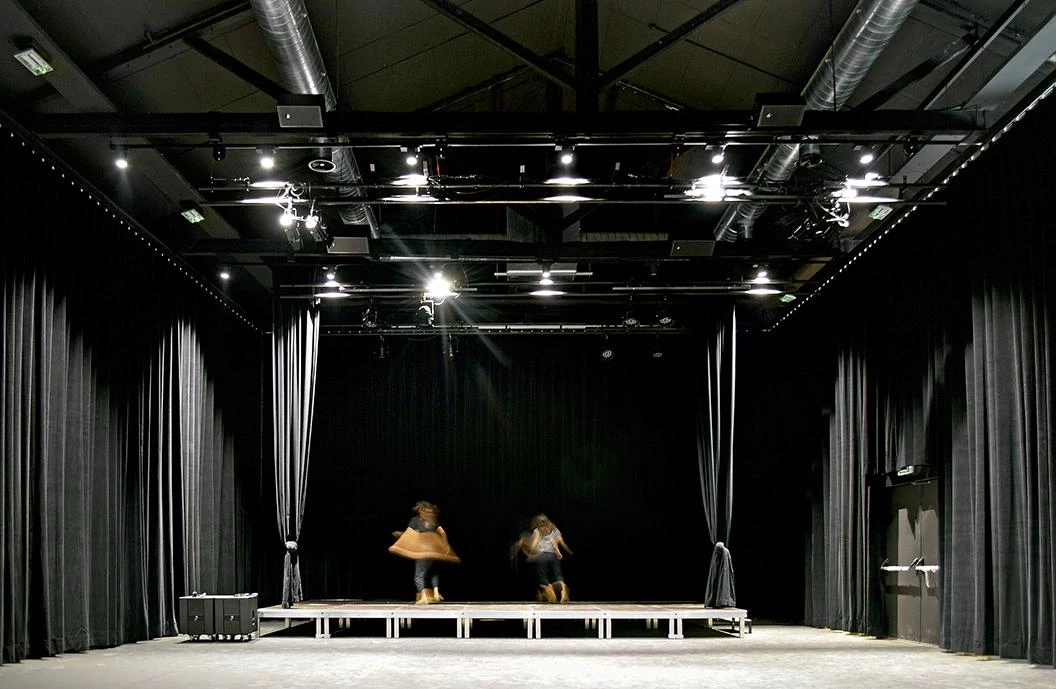

The existing party walls are preserved and braced with metal beams to create the new openings; faced hollow brick is used to block off the unnecessary openings and the new structural walls are built; and light timber frameworks are added in the areas requiring insulation.
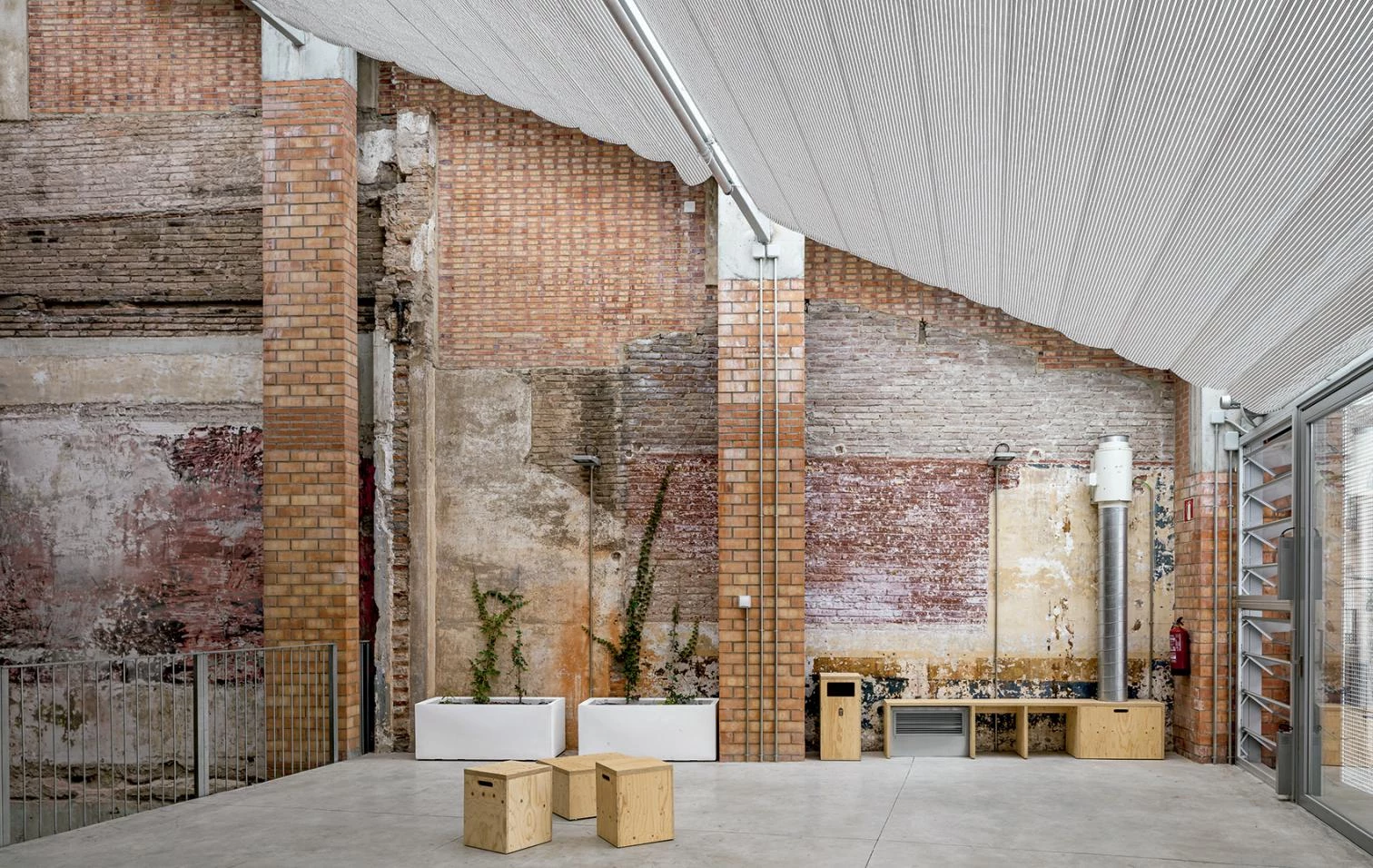
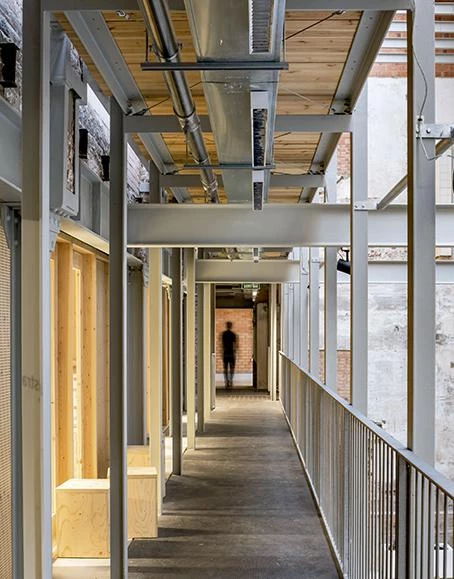


Cliente Client
BIMSA (Barcelona d’Infraestructures Municipals)
Arquitectos Architects
Harquitectes (David Lorente, Josep Ricart, Xavier Ros, Roger Tudó)
Colaboradores Collaborators
Montse Fornés, Berta Romeo, Jordi Mitjans, Carla Piñol, Blai Cabrero Bosch, Toni Jiménez, Jorge Suárez-Kilzi
Consultores Consultants
Societat Orgànica (consultoría medioambiental environmental consultant); DSM arquitectes (estructura structure); VIDAL enginyeria i consultoria (instalaciones mechanical engineering); i2A (acústica acoustics); Aumedes DAP (mediciones measurements); Chroma rehabilitacions integrals (restauración fachada facade restoration); ESITEC enginyeria (audiovisual)
Superficie construida Floor area
1.750 m²
Presupuesto Budget
2.730.000 € (PEC contract budget)
Fotos Photos
Adrià Goula, Harquitectes

